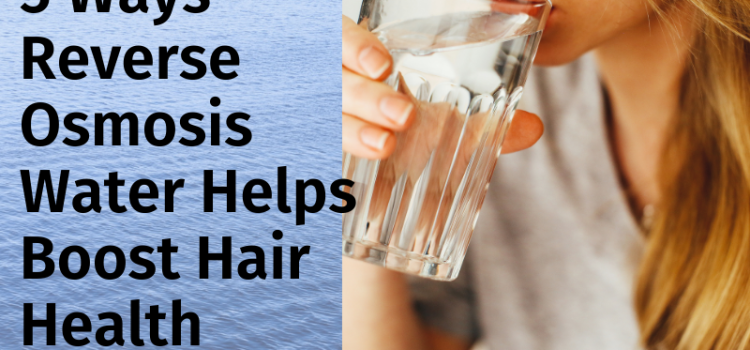By:Damian, L (Damian, Laura)[ 1 ] ; Patachia, S (Patachia, Silvia)[ 1 ] ; Scarneciu, I (Scarneciu, Ioan)[ 2 ]
ENVIRONMENTAL ENGINEERING AND MANAGEMENT JOURNAL
Volume: 18
Issue: 5
Pages: 1089-1095
Published: MAY 2019
Document Type:Article
This study presents the influence of the storage recipients’ material and of the use and the type of stirring on the drinking water quality. The kinetics of drinkable water quality alteration under stationary conditions and under magnetic and sonical stirring have been monitored for a two weeks period. The microbiological parameters (total number of germs developed at 37 degrees C and 22 degrees C, lactose-positive and lactose-negative bacteria, coliform bacteria and Echerichia coli), as well as the physico-chemical ones (turbidity and chlorine amount) have been determined on a daily basis, indicating different alteration degrees of the drinkable water, as a function of storage period and regime. It was found that glass not stimulate microbial growth while polyethylene recipients represents a high risk factor from the bacterial growth point of view. Mechanical stirring as well as sonication are able to significantly reduce the formation of the biofilm on the wall of the storage tanks, irregarding of the material from which the recipients are made of. Sonication has been proven to be inefficient for water storage in polyethylene recipients, due to the increase of the temperature and consequently of the planktonic bacteria activity.
The post DETERIORATION OF WATER QUALITY BY STAGNATION IN STORAGE TANKS appeared first on Facts About Water.
Source: Water Feed







